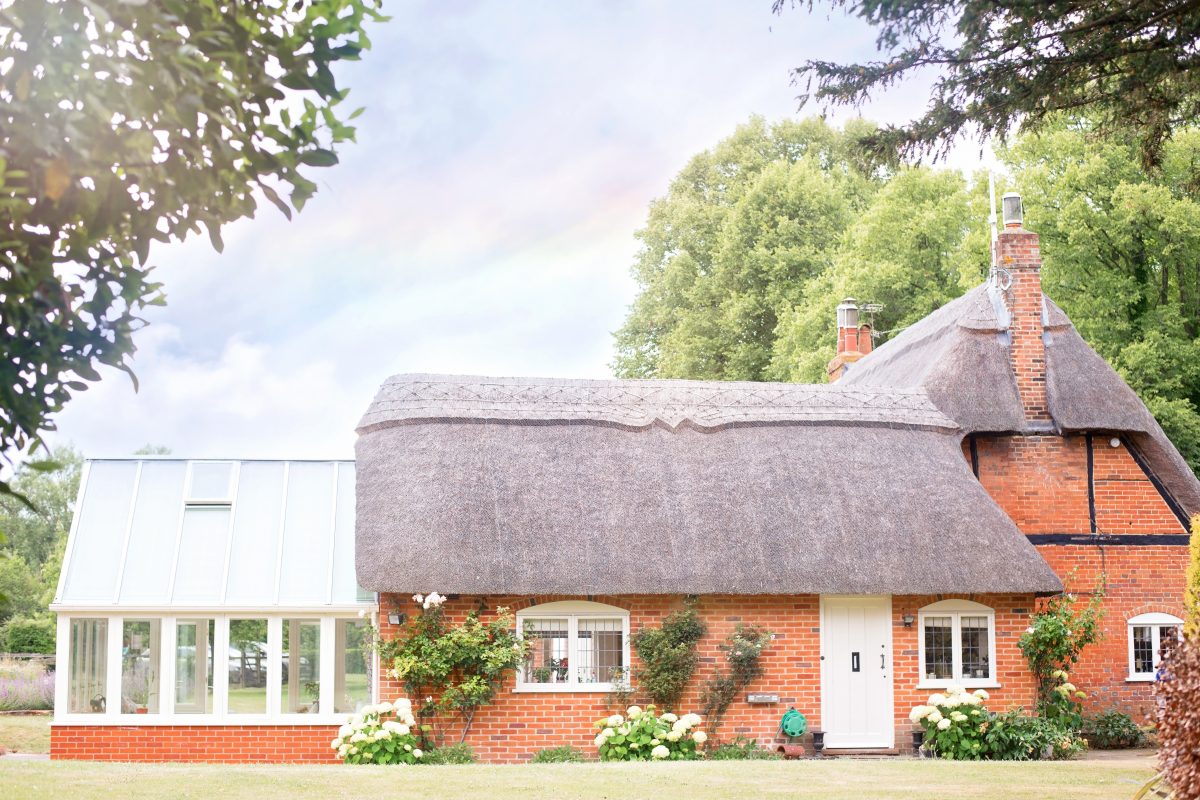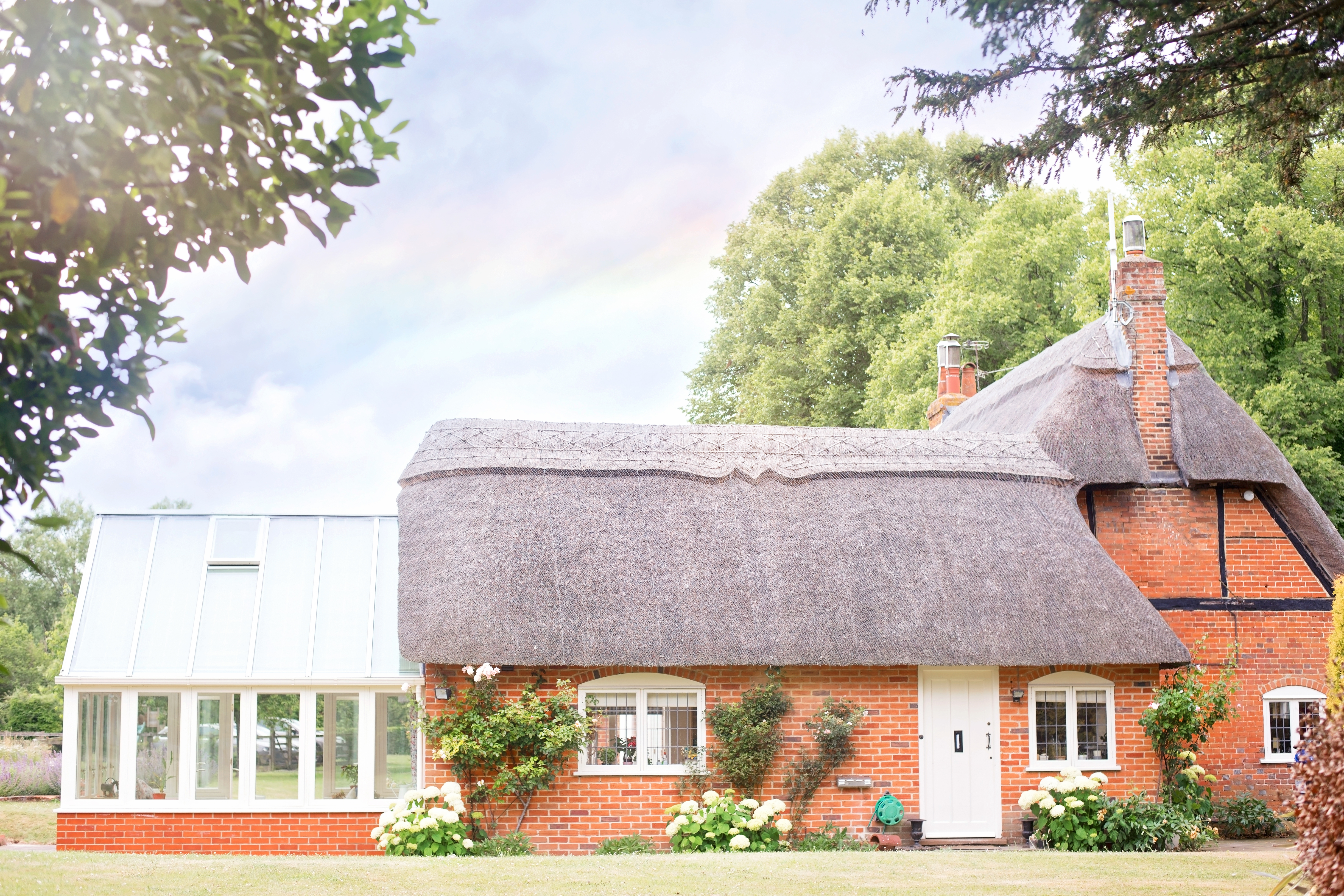Four Practical Ways to Bring Your Home Insurance Costs Down
It’s thought that home insurance premiums have risen by around 30% in the last year. And in the London area, that figure is said to be even higher. This means that many of us are having to shop around to get the best deal.

But there are other ways to bring your home insurance costs down. Reducing the risk of damage to your home and increasing security will help you maintain your no claims discount and minimise the need to make any claims – which is one of the biggest causes of high renewal costs.
Here’s four practical ways to bring your home insurance down.
Beef Up Security
One of the best improvements you can make is to beef up your home security. This not only has a positive effect on your insurance premiums, but also gives you more peace of mind.
One of the simplest things you can do is to change your locks. If you had your doors or locks installed a long time ago or only have night-latches fitted, they’re unlikely to offer your home as much protection as the latest mechanisms can.
Look for a secure lock such as the five-lever mortice deadlock and check that it meets British Standard BS3621. The latest version is of this standard is BS 3621:2017, so you might see this on the lock’s specifications. This type of anti-theft lock is what insurance companies tend to ask for. And get your locks professionally changed, so you can be sure they’re fitted correctly. Changing locks costs around
£100 and new locks cost between £40 and £300 a piece, depending on what you go for.
You could also consider getting some security lights installed outside. Although this might not directly lower your premiums, it will definitely lower your chances of being burgled and therefore the need to claim on your insurance.
Get Alarms
Another way to boost your home security is to install a burglar alarm. You could go with a traditional wired system or with a smart system that you can integrate with other security features around the home.
But that’s not the only type of alarm you should consider fitting. Every home should have working smoke alarms, but it’s surprising just how much we overlook their importance. Households that do have alarms, aren’t always testing them regularly. However, this could affect whether your home insurance pays out.
If you want your alarm system to reduce your insurance premiums as well as keep you safe, there are a few things you can improve. First, increase the number of alarms you have. There should be at least one on each floor in your house and additionally, a heat alarm in the kitchen. A linked, wired-in system works best and is the most likely to lower your home insurance premiums.
Reduce Flood Risks
There are two main ways that homes can suffer from flood damage. Through a burst or leaking pipe and by rainwater flooding. So, to lower your home’s risks and avoid unnecessary claims, it’s worth considering a few things.
The first is to implement a home maintenance routine, so that your plumbing and pipes are kept in good condition and problems are spotted early on. If you have water pipes that are prone to freezing, even if it’s just an outside tap, it’s worth insulating these to prevent bursts happening in winter.
The second measure is to improve rainwater drainage around your home. Reducing the hardscaping and switching to permeable paving and driveways is a good start. Improving soakaways and keeping drains clear should also help.
Those living on flood plains and near watercourses may be prudent to take extra steps to reduce risks. It’s thought that around 50% of flood claims are due to sewage and storm water flowing back through the drains and into the home. So, it may be worthwhile fitting non-return or flap valves to prevent this.
If you live in an area with a flood history, it’s worth thinking seriously about how you can reduce flood damage. It could help you reduce future claims and will save you time and money should flooding happen. You could carry out measures such as raising the height of sockets and changing the type of flooring and plaster, to make your home more resilient. Although these kinds of measures do cost a lot of money,
you may be eligible for the Government’s Property Flood Resilience Repair Grant Scheme.
Maintain Trees and Shrubs
Another way to lower risks and protect your no claims discount, is to keep your garden in good order.
It’s worth paying particular attention to your trees and shrubs. Rotten and overhanging branches can easily cause damage to your home once the winds get up. And trees and large shrubs close to the house can suck moisture out of the ground and disturb drains and foundations. This can cause structural movement or
subsidence, which is often costly to fix and is almost certainly going to bump your insurance premiums up.
If you do have large trees on your property, it’s worth getting them regularly checked over and pruned by a qualified tree surgeon. Prices for this type of work, tend to start at around £200.


